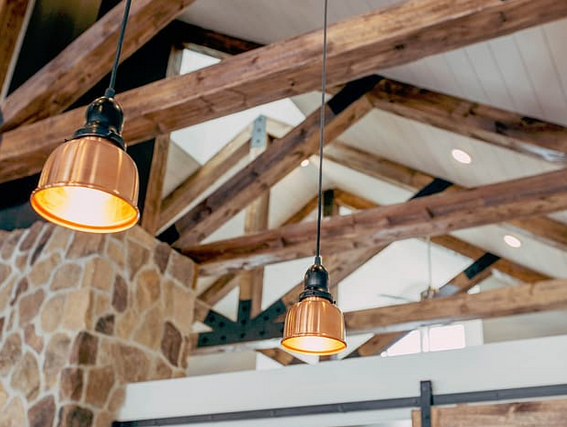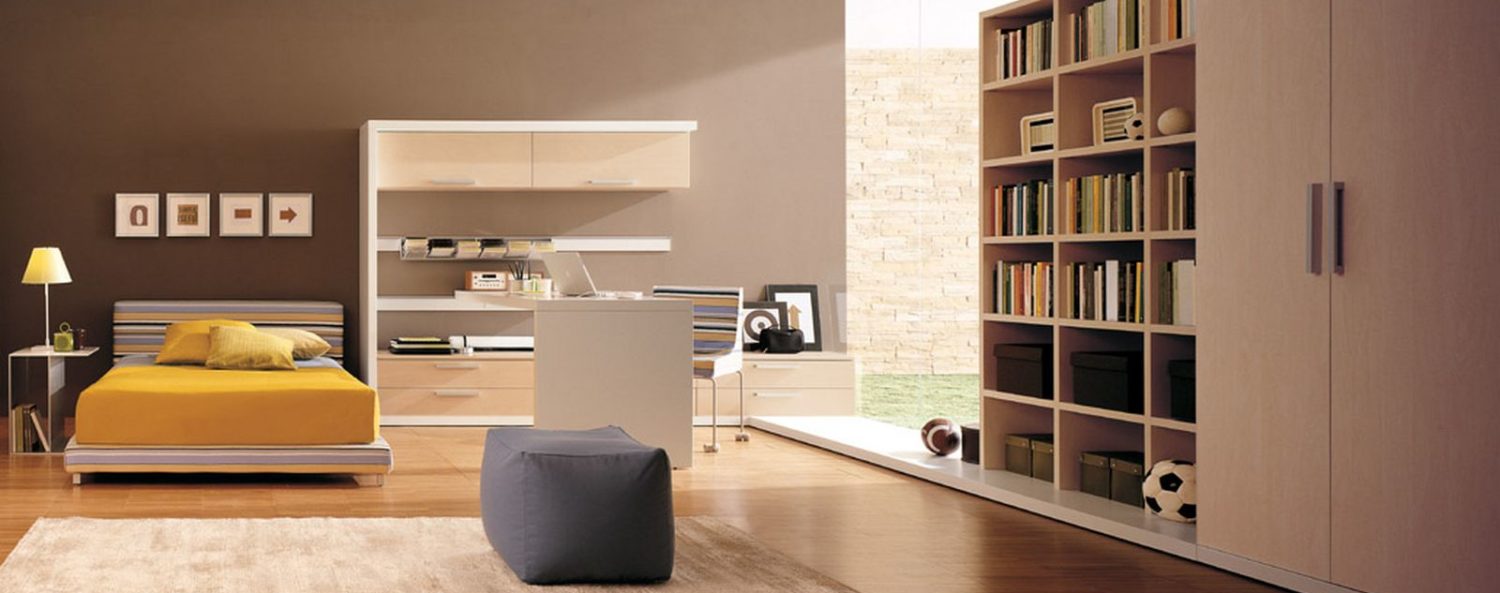 If you are considering pendant lighting, you will of course have to take into account your own personal design preferences. There are many styles and sizes of pendants to fit pretty much any situation. Some very creative people and artist types even enjoy creating their own light designs. I asked my friend Jasmine, the interior designer, to write a bit about her take on pendant lights. I think you will find some helpful tips in her rather poetic approach to the subject.
If you are considering pendant lighting, you will of course have to take into account your own personal design preferences. There are many styles and sizes of pendants to fit pretty much any situation. Some very creative people and artist types even enjoy creating their own light designs. I asked my friend Jasmine, the interior designer, to write a bit about her take on pendant lights. I think you will find some helpful tips in her rather poetic approach to the subject.
The world of darkness departed from its confines by the emergence of light, marvelous and beautiful light. No one can ignore the enchantment of light especially if it is presented in an artistic and creative stage, enveloped in colors and forms that capture its illumination in order to enhance its brightness. The sun is better to look at in all its warmth and splendor than a naked fluorescent bulb that strikes the eyes quite offensively. Artificial lighting needs to be wrapped in ribbons and trimmings to make them more functional and more appealing. A ceiling-mounted circular bulb that is covered by a frosted glass diffuser lightens up a bedroom up to an appropriate extent so as to calm people’s nerves instead of agitating them with its steely glare. Imagine a chandelier with exposed ugly bulbs and wires in an elegant dining room. It just wouldn’t do. It has to be enfolded in tinted glass and Swarovski crystals to be presentably suited to the interior’s intimidating and classy ambiance.
Modern interior design recognizes that sometimes, less is more. The elaborate adornments of light bulbs within hanging chandeliers have been simplified in the form of inventive pendant lights. They have a sophistication that is characterized by their contemporary silhouette, streamlined yet very attractive. Their modern versions have artistic designs that create a strong impact to the interiors where they are used. Pendant lights differ from chandeliers in their form. They are composed of a single hanging light fixture while chandeliers have multiple intertwining lights.
Modern pendant lights have three variations, namely the conventional, inverted and mini lights. Conventional ones have umbrella-type forms with their opening at the bottom. Inverted pendant lights on the other hand, have their opening at the top. The mini type as their name implies are small hanging lights with similar sizes and varying heights. The ideal choice for small dining rooms would have to be the conventional and inverted types because they are singular and they serve as a focal element to the space. For large dens and corner areas of rooms, several mini pendant lights can be used for mood lighting and to create an artistic spectacle to an otherwise dull and boring area. One to three small hanging lighting fixtures focusing on the bar counter provide task lighting and enhances the mood of the area. You may also use pendant track lighting that has a connection among two to three mini lights. Do not limit yourself to three identical lights, you can be totally artistic with the combinations.
There is a wide selection of designs for pendant lighting fixtures. They vary in sizes, shapes and colors. The prices also differ depending on brands and materials used. Huge sculptural pendant lights have interesting and awe-inspiring designs such as sharp and pointed glass, round and colorful with mosaic mirrors and laminated glass, edgy and metallic with swirling forms, etc. These attractive and very noticeable designs can be designated in hotel lobbies, grand ballrooms and high-end restaurants with high ceilings. Simple and functional conventional pendant lighting can be hung at the ceiling of large industrial kitchens, main working areas in factories and school canteens because they distribute task lighting liberally and small inverted pendant lighting can be assigned to illuminate desks in private commercial and home offices. Mini pendant lighting will look great in bars and restaurants because they add to the inviting ambiance of these commercial establishments.
Creating your own pendant lights is an inventive way to personalize your homes. If you are a restaurant or café owner, you can also experiment with design variations in lighting fixtures so that you commercial space can have interior elements that look like no other, a sort of identifiable trademark to attract patrons and customers. You can start by exploring the use of different materials for the cover of the light bulbs. Then you can play with sizes and colors that will enhance their look.
